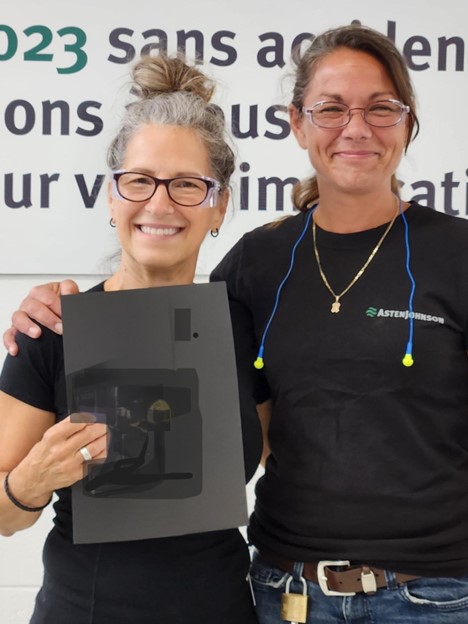
Each AstenJohnson site has a safety plan complete with goals, training objectives, and recognition programs built in. Our annual plans are designed to keep AstenJohnson compliant with all legal requirements and pro-active actions to improve and reduce risks:
 Site Audits Schedules
Site Audits Schedules
 Job Hazard Analysis
Job Hazard Analysis
 Process Hazard Analysis
Process Hazard Analysis
 Education and Training
Education and Training
 Safety & Security
Safety & Security
 Safety Guidelines per Work Area
Safety Guidelines per Work Area
 Zero Accident Culture Refresher
Zero Accident Culture Refresher
 Recognition for Associates
Recognition for Associates
 Periodic Formal and Informal Safety Audits
Periodic Formal and Informal Safety Audits
 External Safety Audit Resources
External Safety Audit Resources
 Internal and External Benchmarking
Internal and External Benchmarking
When safety incidents occur, our safety and environmental teams immediately begin an investigation. This applies to all safety incidents, including near misses, first aid, and recordable accidents.
Safety team members use their training to perform detailed analysis so we can take steps to implement corrective actions to prevent reoccurrence.
Comprehensive education and training for AstenJohnson associates includes everything from safe work procedures, government required health and safety training topics, hazard recognition and analysis, to safety engagement in a team environment.
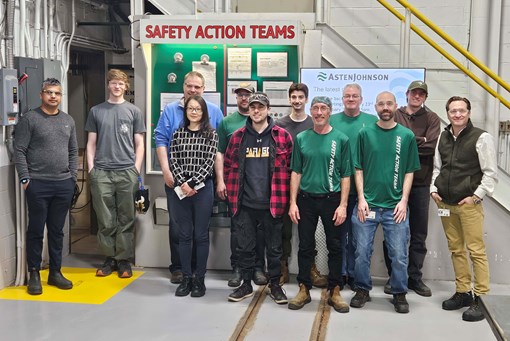
Safety Action Teams (SATs) are small, operator-led groups focused on improving workplace safety through proactive initiatives. Unlike traditional safety committees, which often work at a higher organizational level, SATs operate directly on the manufacturing floor. This hands-on approach allows them to identify hazards, implement solutions, and drive meaningful safety improvements from the ground up.
A key advantage of these teams is their ability to tackle safety challenges one project at a time. By breaking down safety improvements into manageable actions, they ensure continuous progress while maintaining high employee engagement. Each SAT is made up of frontline workers who bring firsthand experience and insight into safety issues, making their initiatives both practical and effective.
Since their inception, Kanata's two SATs—the Process Improvement Team and Injury Eliminators—have already completed over twenty safety projects. These include numerous equipment modifications to enhance safety, as well as ergonomic improvements such as push carts, padded mats, and grip tape under the new loom. Their focus has been on:

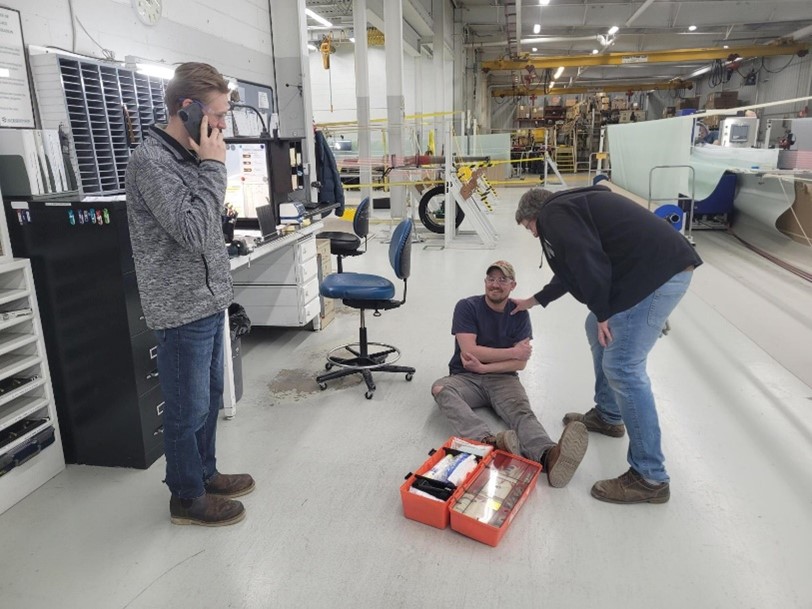
“One way we strive to grow the safety culture is to get more people involved. Recently, we have expanded our first responder team and revamped the training. As a first responder in my community, I know how important it is to train. Therefore, first responder training is a great way to have associates take pride in being a first responder. Additionally, with more first responders available, associates feel more comfortable bringing up safety concerns that can be addressed to improve our overall safety. This training consists of inspecting safety equipment, classroom review of policy and procedure, hands on skills practice, and real-time scenarios. Understanding that realistic and direct training correlates to incident response is why I am proud to run this team.”
- Mike L., Production Team Leader
With safety being a core part of the day-to-day activities at AstenJohnson, we keep records on what is working, and what might need a solution. When one of our locations implements an improvement, we share the information with all of our work places, so that everyone can benefit.
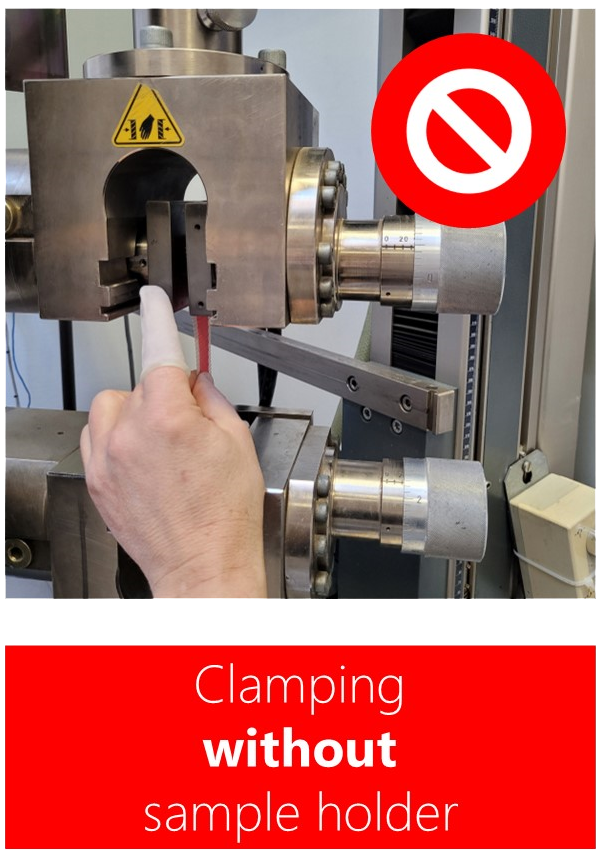
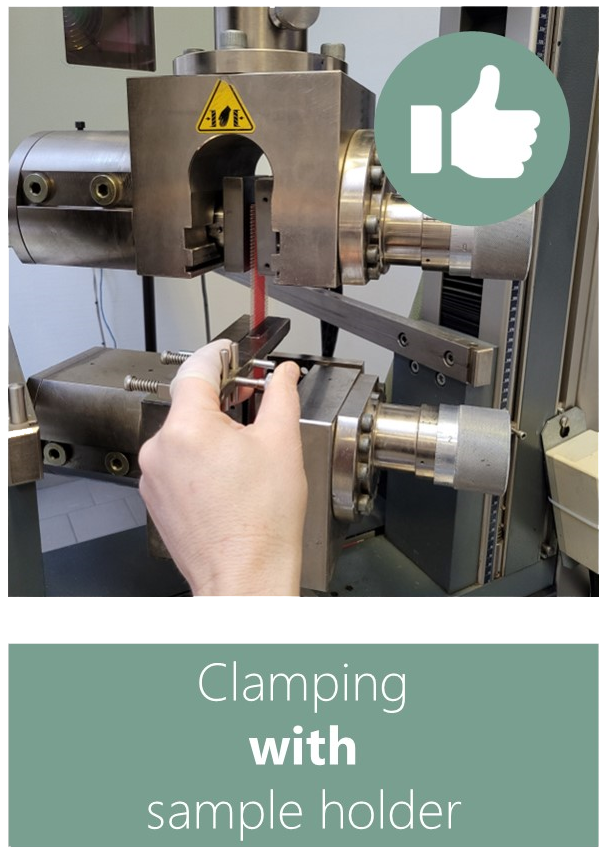
The associate was tearing tissue samples on a testing device. When opening the pneumatic clamp, they operated the switch button incorrectly so that the clamp closed again.
A finger was crushed but could be pulled out of the clamp before serious injury.
Use the sample holder provided for this purpose.

France Cordeau (left) – Earned a Safety Excellence award by consistently demonstrating exceptional attention to safety procedures, ensuring both her own well-being and that of her colleagues.
A hearing impairment from childhood poses an added challenge for France, who works in a manufacturing environment. France models real leadership in health and safety within her department.
